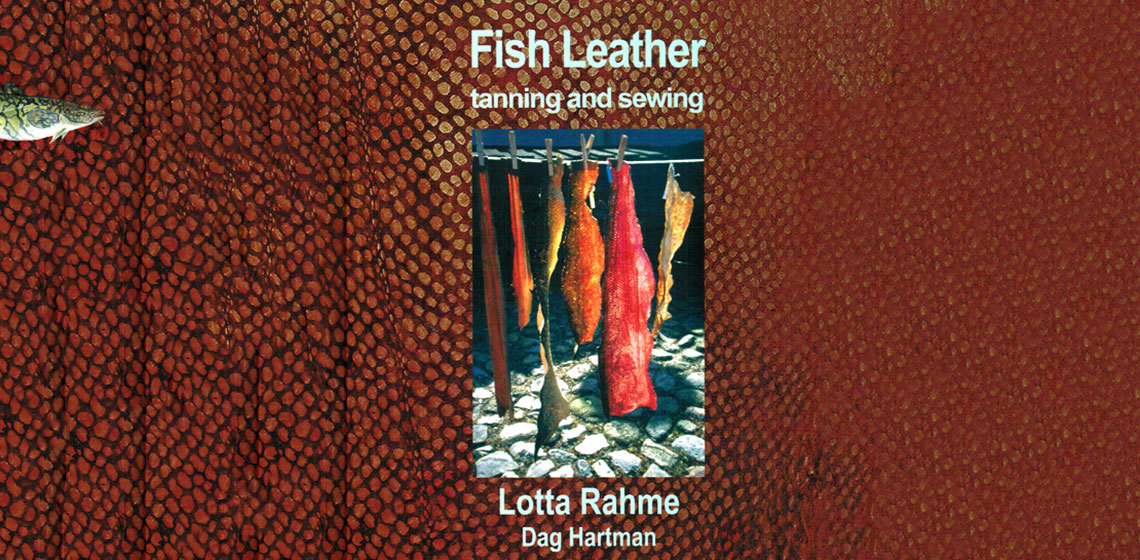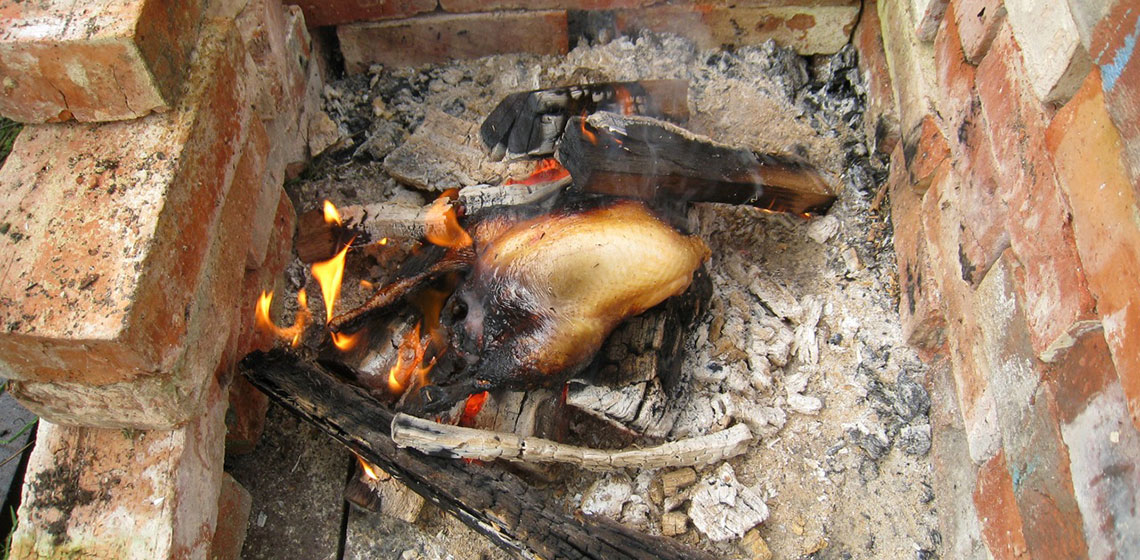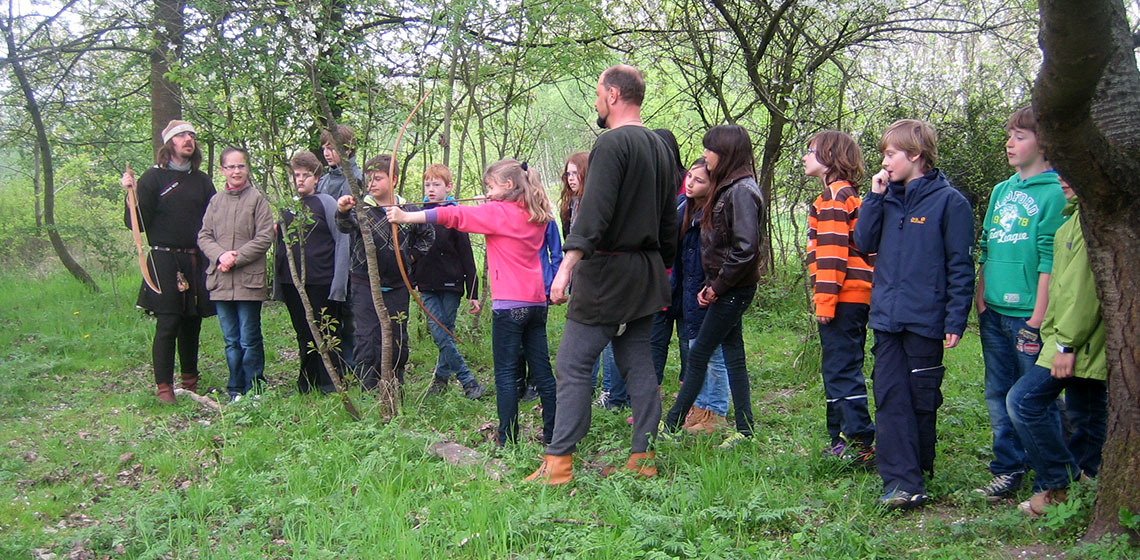John Nicholl MA, HDE
I began with introducing Living History to the Irish National Heritage Park circa 1995 when I founded a Living History group Gael agus Gall - this involved researching craft work in Viking Age Ireland for presentation to the public visiting the Park - using the (re)constructed buildings as a cont










